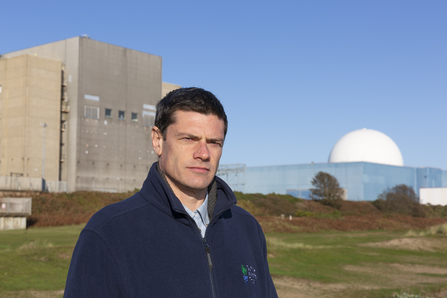In 2022 Chancellor Jeremy Hunt announced that a new twin-reactor nuclear power station, Sizewell C, will be built on the Suffolk coast on a new site situated next to Sizewell A and B.
Throughout the planning phase, we worked hard with colleagues at RSPB and Friends of the Earth to bring together evidence and push for suitable mitigation and compensation. Whilst we still believe the location is unsuitable and the risk remains high, we did make considerable progress in influencing and improving the plans developed by EDF to lessen the impact and risk on wildlife.
This is a special place for wildlife, being a diverse mix of habitats including sand dunes, wetlands, wet woodland and heathland. Wonderful wetland habitats home to otters, kingfishers and water voles lie in the valleys between ridges of light, sandy heath. Sizewell Estate sits right next to the RSPB’s internationally-important reserve, Minsmere.
We continue to work hard to ensure the agreed mitigation, compensation and monitoring is carried out effectively, and to limit the impact to the wetland habitats and rare species.

